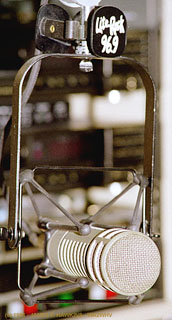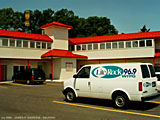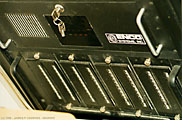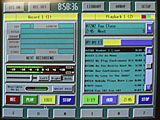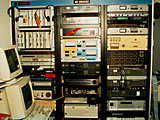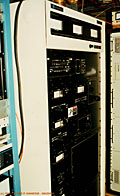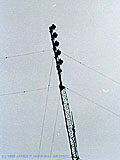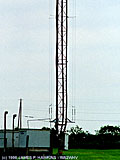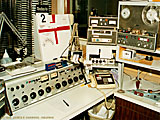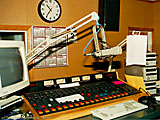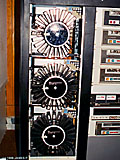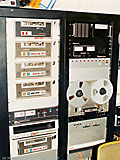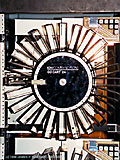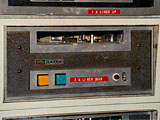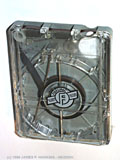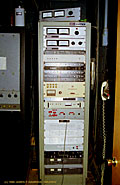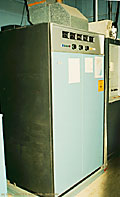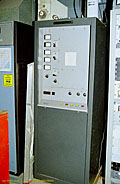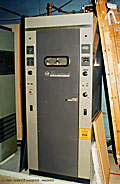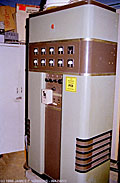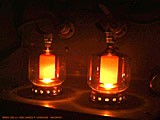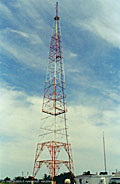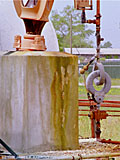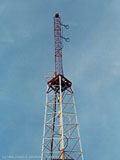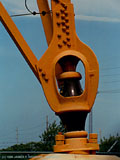|
The long list of station responsibilities for Tom McNally reflects how things
have changed for today's broadcast engineer as opposed to the earlier days of radio.
From the early to middle part of the 20th century, many engineers lived at a single transmitter site and
tended to transmitters for one station. When most transmitters used very high voltages and depended solely on one
or two tubes for the output, failures were more frequent. As this century has approached its end, most modern transmitters
became mostly or all solid state. New AM transmitters use voltages which may range from 50-300 volts in many cases.
Newer transmitter tubes are designed and constructed with more precision methods using sophisticared CAD (Computer
Automated Design) systems and raytrace technology. That, in addition to better engineering and built-in redundancy
have drastically reduced the maintenance requirements and increased MTBF (Mean Time Between Failure) for individual
station equipment. Single or push-pull tube outputs have been replaced with stacked, lower power modules, the failure
of which no longer results in transmitter downtime. As a result, today's broadcast engineer is responsible for
more stations and is required to learn new skills rapidly because of the rapid pace of technological change. He
or she must be computer saavy as most new equipment is computer controlled. They also find themselves working as
a consultant to other stations. There are still some cases where engineers live on site as is true with Paul Jellison
at WLW in Cincinnati. But, Paul is also responsible for all Jacor owned sites
in the Cincinnati area. This is becoming true in many other industries. Being in the computer industry, myself,
I know that consultants are used on an increasing basis and more time must be spent learning new technologies.
Most books you find on radio broadcasting are about the stars and the talent of radio. However, without the
hard and often dangerous work of radio inventors, engineers and technicians, the success of the great stars of
radio would not be possible. It is the powerful radio transmitter (the "rig") that screams out the
sounds of talent and messages of the sponsors, who pay for the programs with money earned from the listener. The
technical staff is responsible for maintaining this equipment. The larger the audience, the more costly it is to
lose precious seconds of equipment down-time and when equipment goes down, the technical staff hears about it!
Finally, TV and FM are the last holdout to full solid state transmitters and with 18 months left, the year
2000 may mark the final goodby to the manufacture tube transmitters for standard broadcast (not to mention the
beginning of digital television and radio).
---Jim Hawkins
|
